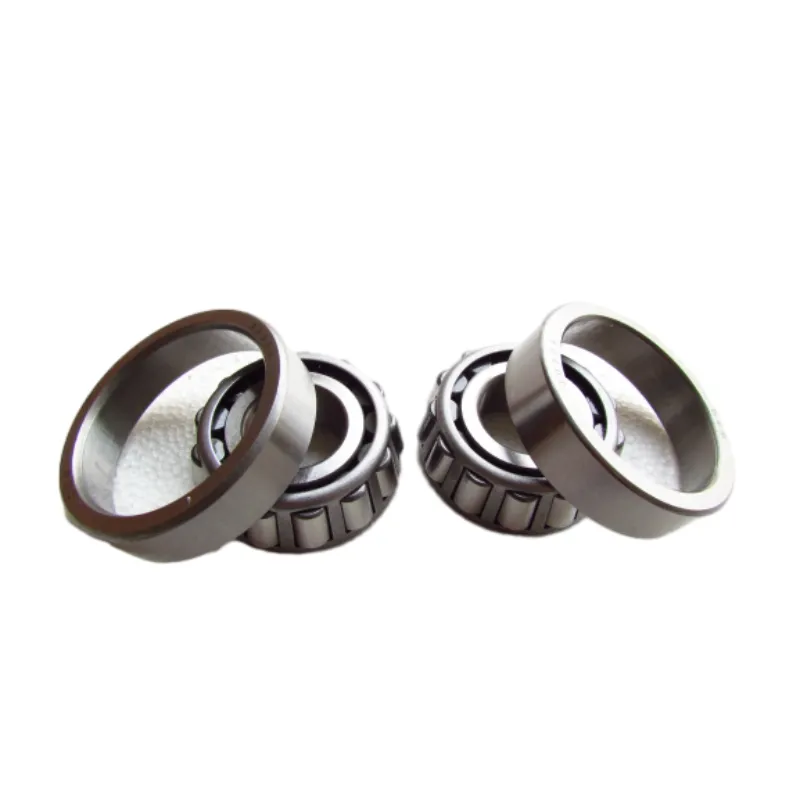
Nov . 27, 2024 04:51 Back to list
Exploring Dimensions and Specifications of 16003 Bearings for Enhanced Performance
Understanding the Dimensions of 16003 Bearings A Comprehensive Guide
Bearings are critical components in a wide range of machinery and equipment, enabling smooth rotation and reducing friction between moving parts. Among the various types of bearings, the 16003 bearing is particularly notable for its application in high-speed and precision-driven environments. This article will delve into the dimensions and specifications of the 16003 bearing, exploring its features and typical uses.
Overview of 16003 Bearings
The 16003 bearing falls under the category of deep groove ball bearings. These bearings are characterized by their ability to support both radial and axial loads, making them versatile for many applications. The '16003' designation signifies a specific size and type within the deep groove category, making it a standardized component that can be easily sourced for various mechanical setups.
Dimensions of the 16003 Bearing
To better understand the 16003 bearing, it’s essential to consider its key dimensions
- Inner Diameter (ID) 17 mm - Outer Diameter (OD) 35 mm - Width (B) 8 mm - Weight Approximately 0.090 kg
These dimensions establish the 16003 bearing as a compact yet capable component, suitable for applications where space is limited but performance is paramount
.16003 bearing dimensions

Material and Construction
Typically, 16003 bearings are made from high-quality chrome steel or stainless steel, ensuring durability and resistance to wear. The inner and outer raceways are precision ground to deliver low friction, which is crucial in applications where energy efficiency is a concern. Additionally, many 16003 bearings come with metal shields (often denoted by suffixes like ‘Z’ or ‘ZZ’) to protect the internal components from dirt and moisture, thereby extending the bearing’s operational life.
Applications
The versatile dimensions of the 16003 bearing make it suitable for a variety of applications. Commonly found in electric motors, power tools, and automotive components, its ability to perform well under high speeds makes it a preferred choice for many manufacturers. Furthermore, its typical use in small machinery and consumer electronics highlights its importance in the modern engineering landscape.
Installation Considerations
When installing a 16003 bearing, several factors must be taken into account to ensure optimal performance. Proper alignment of the bearing in its housing is crucial, as misalignment can lead to premature failure. Additionally, the use of appropriate lubrication is important for reducing friction and heat generation. While many 16003 bearings come pre-lubricated, it’s often necessary to re-lubricate during maintenance to maintain effective operation.
Conclusion
In summary, the 16003 bearing is a vital component in numerous mechanical systems, offering a combination of compact size, durability, and versatility. Understanding its dimensions and characteristics can aid engineers and technicians in selecting the right bearing for specific applications. By ensuring proper installation and maintenance, users can leverage the full potential of the 16003 bearing, contributing to the efficiency and reliability of the machinery it supports. Whether used in industrial machinery or everyday appliances, the significance of the 16003 bearing cannot be overstated. It remains a cornerstone of mechanical innovation and engineering excellence.
Latest news
-
Premium Deep Groove Ball Bearings | High Speed & Reliability
NewsAug.29,2025
-
Durable Scaffolding Clamps - Secure & Reliable Tube Connectors
NewsAug.28,2025
-
Common Failures in Thrust Ball Bearings and Solutions
NewsAug.22,2025
-
How Tapered Roller Bearings Can Take Shock Loads
NewsAug.22,2025
-
Angular Bearings in High-Precision Spindles
NewsAug.22,2025
-
The Impact of Misalignment on Cylindrical Roller Bearing Performance
NewsAug.22,2025
